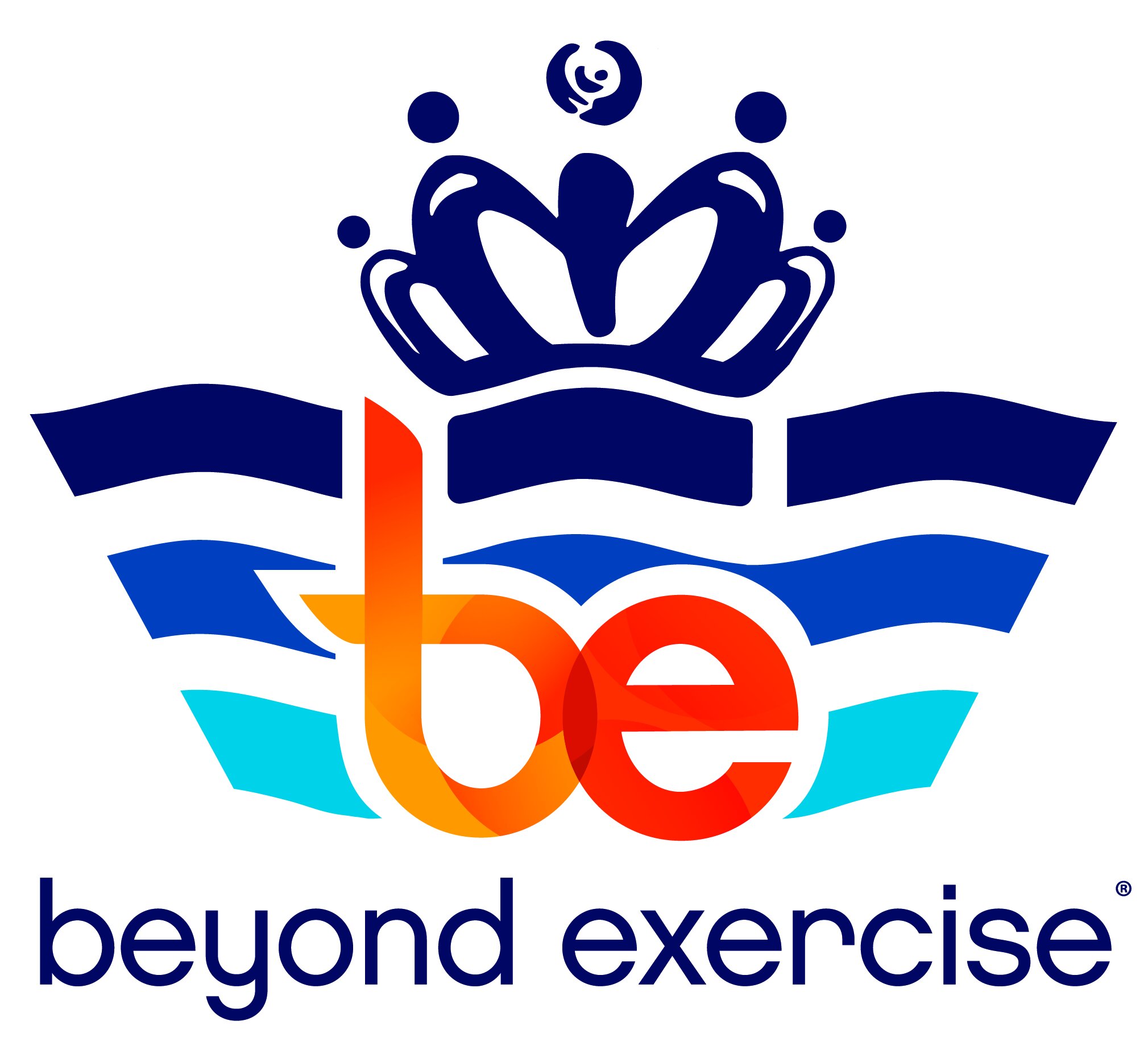Causes Of Shoulder Pain In Tennis Players
What Causes Shoulder Pain In Tennis Players?
by Ellen Foster, PT, DPT
One of the most common problems that brings tennis players to Beyond Exercise is shoulder pain. Often times, these athletes complain of shoulder pain during their serve or other overhead shots. They may also feel discomfort while they reach across their body during a backhand. There are many causes of shoulder pain with tennis players, and many can be managed conservatively and do not require orthopedic surgery. Conditions such as rotator cuff tendinitis, shoulder impingement syndrome, or biceps tendinitis respond very well to physical therapy and do not require a trip to the orthopedic surgeon!
Causes of shoulder pain
Weakness in the rotator cuff or scapular stabilizer muscles
The shoulder is a complex joint with 17 muscles that attach to the shoulder blade, four of which are the rotator cuff. It is easy for athletes to overlook these crucial muscles because they are not standard muscles to address in a conventional strength training regimen. When these particular muscles are weak, a deficit in the shoulder’s ability to move through normal range of motion, create power, and decelerate forward momentum of the arm can set up a tennis player for overuse injuries such as muscle strains (muscle tissue tears) and ligament stress in the shoulder, in addition to the neck, elbow, and wrist.
Weakness in the scapular stabilizer and the rotator cuff may also lead to biomechanical faults as your neuromuscular system improvises a strategy to accomplish the movements required with tennis. If you find yourself struggling to perform drills that your tennis pro or coach is teaching you, it might not be incoordination, but weakness that is limiting you!
Decreased range of motion in shoulder
Similar to weakness, inadequate range of motion may lead to overloading tendons or muscles and lead to inflammation and pain, especially in tennis players that sit at a desk during the day! Prolonged periods of sitting with a hunched posture can lead to tightness in your pectorals, lats, and other shoulder muscles that need adequate length in order to hit the ball with accuracy and power. In addition to tight muscles affecting the mobility of the shoulder joint, a tight joint capsule can do the same. This is often seen with conditions such as adhesive capsulitis, also known as “frozen shoulder”. It is important to have hands-on treatment and a personalized at-home stretching program to address mobility issues of the shoulder.
Poor mobility of the spine or hips
Sometimes, the root cause of the pain isn’t in the shoulder at all! For tennis players (and any other overhead athlete) an evaluation of one’s shoulder pain MUST include a thorough investigation that includes assessing the mobility of the spine and hips. The inability to rotate through the hip and/or extend and rotate the spine will require the shoulder joint to pick up the slack, which can lead to injury. Additionally, if players are weak in their hips and core they may not be able to optimally generate power from their lower body, again leading to added compensation from the upper extremity that often times contributes to nagging aches and pains in the shoulder (as well as the elbow and wrist).
How do physical therapists treat these issues?
Manual Therapy — Our physical therapists utilize manual therapy to relax tense muscles, release tissue adhesions, stretch the joint capsule, and promote blood flow to the affected areas that will help to restore normal function of the shoulder. This may include joint mobilizations, soft tissue work such as active release, cupping, instrument-assisted soft tissue mobilization, or dry needling.
Tennis-Specific Therapeutic Exercise — Corrective exercises will reinforce the newly gained mobility to properly activate muscles. Neuromuscular re-education activities are also used to establish new muscle memory patterns that will directly translate to your game.
Strengthening — Your therapist will guide you through specific strengthening exercises that will allow you to to play with less fatigue and more power and accuracy. Many times, our focus is on the scapular stabilizer, rotator cuff, core, hip (gluteals, rotators) muscles. Your therapist may suggest working with our personal trainers at Beyond Exercise for maximum improvements after you progress through corrective exercises with the physical therapist.
Home Exercise Program — The most important part of any treatment plan is the work you do at home! Knowing how to maintain positive changes long term will keep you on the course and out of the clinic.
[Check out these videos to begin addressing common weaknesses and mobility issues that we see with tennis players]
What about more serious issues like rotator cuff tears, labrum tears, or joint instability?
If you are looking to avoid or delay surgery for more serious injuries, physical therapy is the place to start. Our PTs will guide you on how to manage these conditions and will create a comprehensive plan that gives you the best chance at staying off the operating table.
If you have any questions or are experiencing pain in another part of your body associated with tennis, call 513-533-9355 to schedule a consultation.

